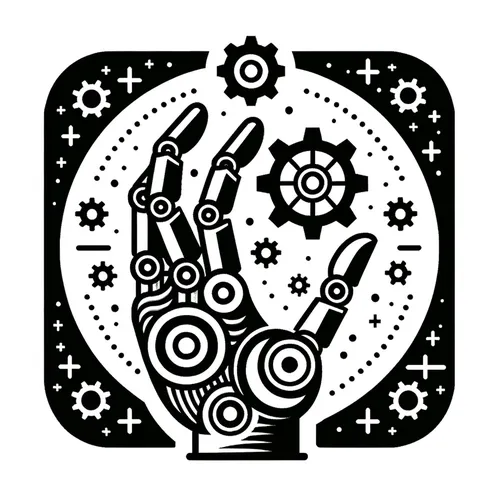Robots Gone Wild: AI Arms Race Heats Up as Bots Get Smarter, Stronger, and Sassier!
- Author
- Quiet. Please
- Published
- Sun 27 Jul 2025
- Episode Link
- https://www.spreaker.com/episode/robots-gone-wild-ai-arms-race-heats-up-as-bots-get-smarter-stronger-and-sassier--67139854
This is you Robotics Industry Insider: AI & Automation News podcast.
Today’s robotics industry is hurtling forward at an astonishing pace, marking a true inflection point for automation, artificial intelligence, and industrial technology. Just this past week, according to industry coverage from TS2 Tech and Reuters, governments and leading tech firms worldwide accelerated their investment in automation infrastructure and introduced policies to outpace rivals in AI and robotics. On the corporate front, ABB Robotics unveiled a new lineup of heavy-duty robot arms and a compact mobile robot engineered for high-growth sectors like electronics and consumer goods, demonstrating the increasing specialization and versatility of industrial robots. Meanwhile, igus made news by launching the Iggy Rob humanoid robot, which blurs the line between industrial and service robotics.
In another exciting case, Ati Motors’ Product Day 2025, as reported by Roboticstomorrow, featured the debut of the SHERPA 10K and SHERPA MECHA autonomous robots, marking a leap in autonomous mobile robots for demanding industrial settings. Ati’s SHERPA AMR fleet is now on track for nearly a million autonomous missions annually, underscoring the real-world impact of resilient engineering and AI-driven design. These developments reflect not just the expansion of automation, but its deepening reach into logistics, manufacturing, and even complex service roles.
Despite a brief dip in the industrial robot market revenue last year, market analyst Interact Analysis and other researchers now signal a rebound in 2025, with the global industrial automation market projected by ResearchAndMarkets and Straits Research to soar from approximately 170 to over 210 billion dollars this year, on pace to double by 2033. The main growth drivers remain efficiency gains, labor shortages, and rising operational complexity. Collaborative robots are entering a new growth cycle, benefiting from advances in AI and sensor technology that make them safer and more adaptable on the factory floor.
AI integration is now central: AI-driven platforms such as Palladyne’s IQ are allowing organizations to solve challenging problems with closed-loop intelligence, improving both productivity and predictive maintenance. For practical action, industry insiders emphasize keeping up with software upgrades, piloting collaborative robots for adaptable automation, and exploring mobility solutions like SHERPA for logistics innovation. Companies should also leverage available government incentives for automation and embrace workforce reskilling to ensure a smooth transition as automation scales.
Looking ahead, the so-called robotics revolution will be defined by even greater autonomy, connectivity, and human-robot collaboration. With industrial robots evolving rapidly in intelligence, dexterity, and application scope, the line between physical and digital factories will continue to blur. Thanks for tuning in to Robotics Industry Insider: AI and Automation News. Come back next week for more breakthroughs and strategies shaping the future of robotics. This has been a Quiet Please production, and for more, check out QuietPlease Dot AI.
For more http://www.quietplease.ai
Get the best deals https://amzn.to/3ODvOta
